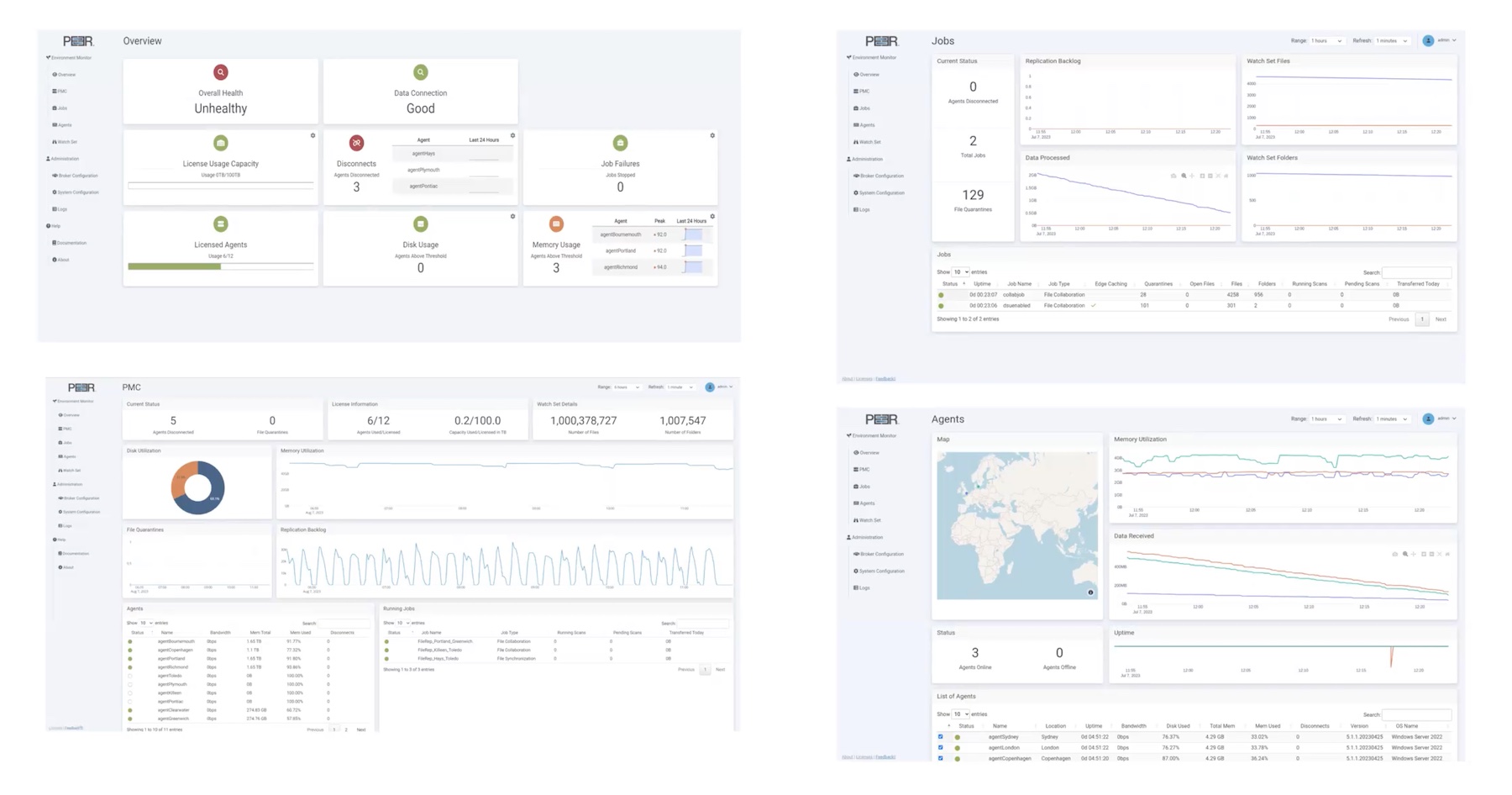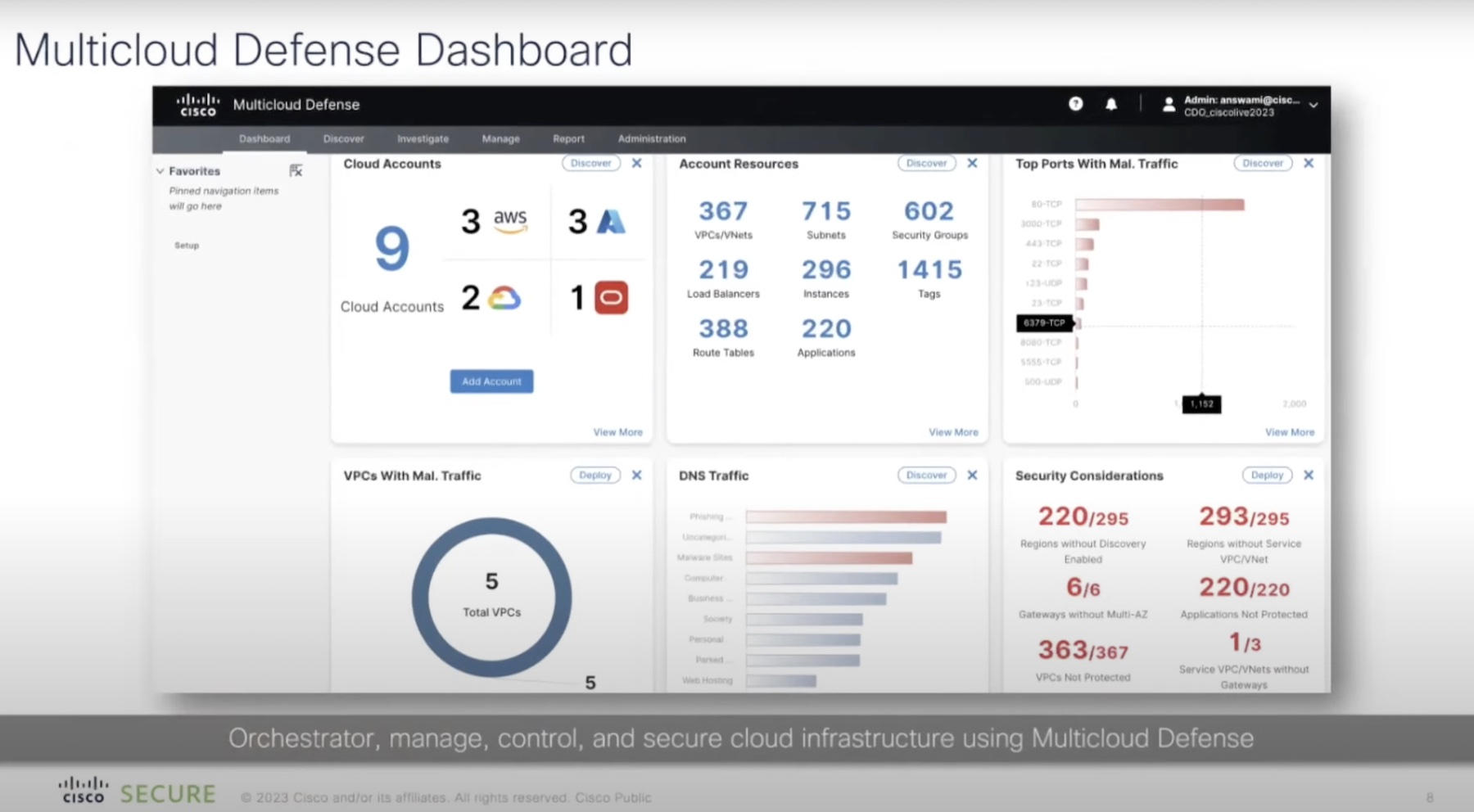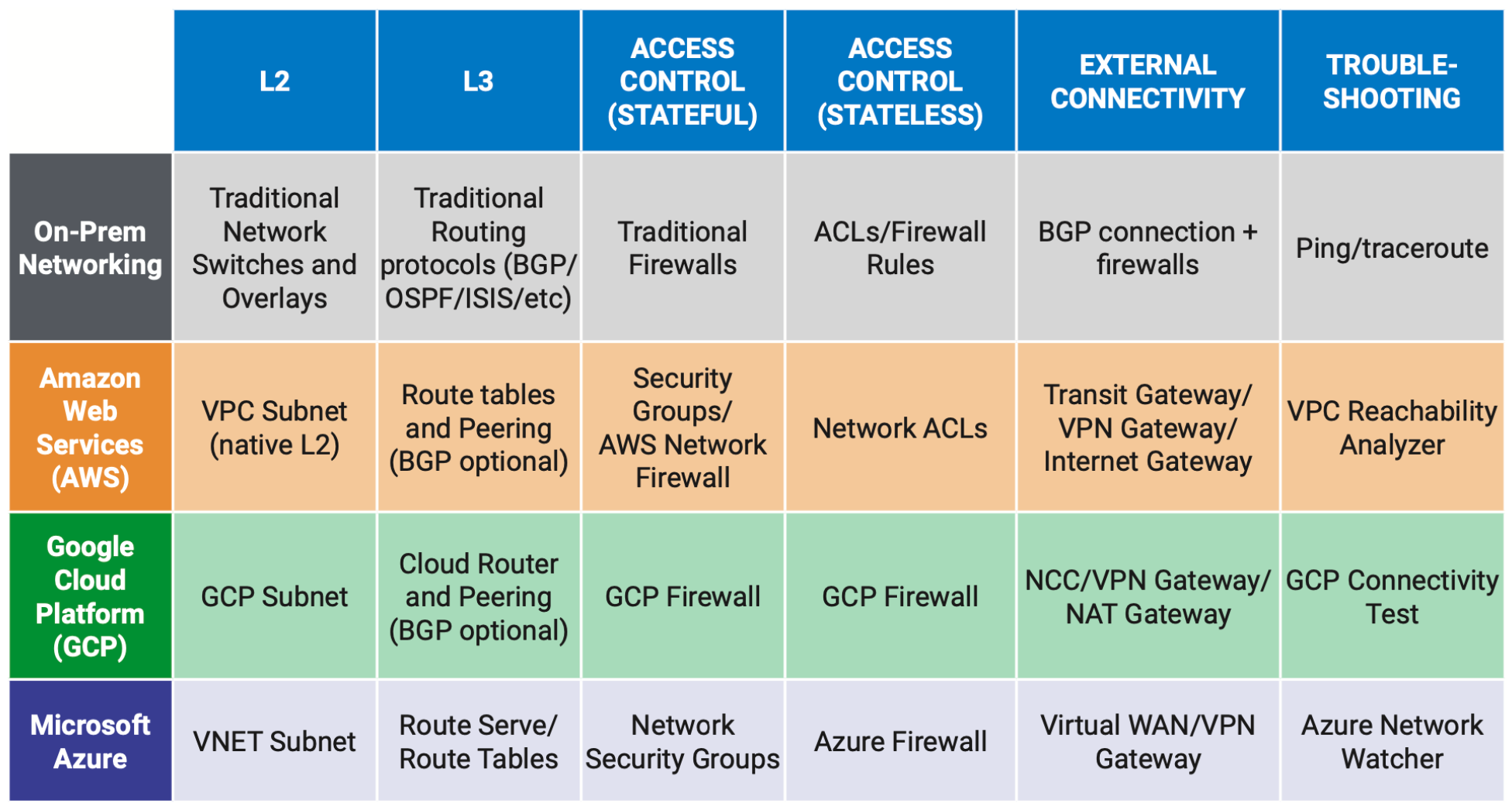To glimpse storage topologies in totality, it helps to take a step back, zoom out and away from the data, the platform siloes and the infrastructure islands, and achieve a panoptic view of the environment. To go to a point, from where, everything is one whole picture, not a blur of disjointed pieces.
This holistic observability is a huge help to teams that are tasked to solve storage performance issues and optimize utilization. In the past few years, a blizzard of data has driven organizations to rent storage across several infrastructures in order to expand the estate, and tap into different flavors of storage.
To their satisfaction, storage costs plummeted as they embraced multi-cloud. Unlimited scalability, and cost resilience was theirs, thanks to cloud’s pay-as-you-grow model and hardware-free IT.
From there, things started to get a little complication as storage management issues started to creep up. Overnight, the boardroom conversations turned from what new cloud flavor to introduce next to how to manage the sprawling estates in a way that does not hurt performance or productivity. Meanwhile, lack of visibility and control continued to ratchet up the storage costs making the whole point of going poly-vendor moot.
Consolidating Storage
In IT, there is a long history of companies seeing observability as a bolt-on function. Hybrid multi-cloud prompts a change in that long-held view. But in what way can observability be made a part of the ecosystem such that it’s not a function slapped on as an after-thought, but one that is native and essential?
We talked to Peer Software, a decades-old provider of distributed file system. Since 1993, Peer Software has been building modern distributed file systems for mixed storage environments.
Historically known for its flagship solution, PeerGFS, a global file service, the company is bringing a new analytics-based solution to market that makes storage management in distributed, multi-cloud ecosystem less of a headache.
“Our focus as a company has always been in and around enterprises that are in a distributed environment where they are multi-site and have a mixed storage,” said Jimmy Tam, CEO.
Looking at the heterogenous storage infrastructures that enterprises avail themselves of, there are private datacenters, public cloud and the newest member, edge. “These topologies cover a wide gamut, and customers are always thinking about how to connect all these heterogeneous storage platforms together?” he noted.
PeerGFS gives these companies the ability to glue together their distributed storage topologies into one system.
“You want to keep data, users and applications close together,” said Tam.
This has two key benefits – enhanced productivity and high availability.
Flexibility is a foundational piece to this interconnectivity, and Peer has forged that over three decades in business. Today, PeerGFS supports all major storage vendors that include the likes of Microsoft, AWS, Dell, Nutanix and NetApp. The broad support gives customers the freedom to build their own motley collection, picking and choosing whatever storage works best for them.
A combined file system has blossomed collaboration across continents. PeerGFS has facilitated collaboration of distributed workforce where teams working from different physical locations participate and pool their contributions to deliver projects jointly.
“You have different expertise of those people in different sites, and where the datasets are so large that you can’t just put them in one single data silo and have people all around the world accessing into a central site – that upload and download of very large files is just too slow – you want to cache that data or replicate it out to the edges so that everybody has a fast local copy,” explained Tam.
At the heart of PeerGFS is a simple, two-component architecture that constitutes the Peer Management Center Application, a management console, and Peer Agents, lightweight software that are the eyes and ears of the storage systems. The agents have API integration with all of the storage vendors that Peer supports, and as a result can deploy into any system of their model and make, and pick up information. The agents relay back data in real-time to the management center which then replicates the actions over to other sites.
PeerGFS has brought within the reach of organizations a spectrum of modern storage features such as cross-platform integration, real-time replication, integrated file locking, dynamic storage utilization, and monitoring and alerting – all of which make distributed storage management painless while enabling enterprises to tap into best-in-class options.

Looking Beyond a Single Infrastructure
Despite its promises, the multi-cloud is not a perfect world. “Our customers have a messy environment a lot of the times, because they’ve just bought different things over the years now,” said Tam.
In the past, vendors like Dell, Nutanix and NetApp have built their own solutions unlocking storage observability, but those solutions are built natively to work in their own environments alone.
There is a need to get things back to the baseline. This prompted Peer Software to pivot towards building an analytics-based solution for poly-vendor storage environments.
“People always say that we hold a lot of information in the Peer agents. We see everything that comes into our storage systems. Why don’t we do something with it?” said Tam.
With a legacy built in replication, it was time to leverage the foundational blocks for something else. Luckily for them, PeerGFS already had all the required pieces in place to build an analytics solution that provides the trifecta of observability, monitoring and analytics.
Peer agents scan systems and see file event streams across platform and clouds in real-time. That made achieving the fabled multi-cloud observability so much simpler.
The new PeerIQ is a self-hosted analytics engine that is designed to provide a single-pane-of-glass observability into heterogenous storage environments that span the hybrid multi-cloud. The information that priorly went to the management center on PeerGFS now streams through PeerIQ’s central repository that puts analytics on top of the data and reports back intelligence to the end users.
PeerIQ’s superpower is that it can pour over every small detail that makes observability problematic. Tam told us that PeerIQ is designed to obsess over details in three key areas – health, trends and real-time monitoring.
PeerIQ tells storage administrators what’s going on across different sites in real-time, and infer the heath of systems. Additionally, it keeps operators in the know about attributes like total file size, folder count, replication backlogs, disk utilization, data processing time, and such things that operators rarely have clarity of, and that frequently turn out to be the root of a problem.
Operators do not have the full story unless they identify the growth trends. Peer agents sitting in the systems bring back a wealth of meta-data information that provides insights on growth and utilization patterns, thus preventing any surprise overflows and dips.
Last but not the least, PeerIQ provides real-time event stream monitoring, reporting, analysis and alerting. This makes it possible to detect anything abnormal and react to it instantly.
PeerIQ is a foundational release that foreruns Peer Software’s entry into the storage observability and analytics domain. Tam informed that more versions will followed with frequent release cycles occurring at a cadence of every month to every quarter.
“We’re going to be constantly updating PeerIQ so that you see more and more reports coming into the system that you can put onto your customized dashboards and see it the way you want,” said Tam.
Wrapping Up
Since the start of multi-cloud, vendors have churned out new observability solutions that the press has slapped new names on. But each time, output has been mediocre, or narrow at best. With PeerIQ, here is a possibility for enterprises to level up their visibility game while availing solutions from multiple vendors. With a single source of truth that transcends the barriers of infrastructures embedding within the environment, probing and poking is so much easier. PeerIQ does all the three things of monitoring, visibility, and analytics with great granularity assuring that teams are on top of everything in the environment, and that nothing degrades the system performance. With visibility goal front and center, Peer Software, will continue to tune the analytics, hopefully adding more KPIs in the future iterations, making true observability a reality.
For more information on PeerIQ, be sure to check out Peer Software’s website. For more stories like this one, keep reading here at Gestalt IT.




